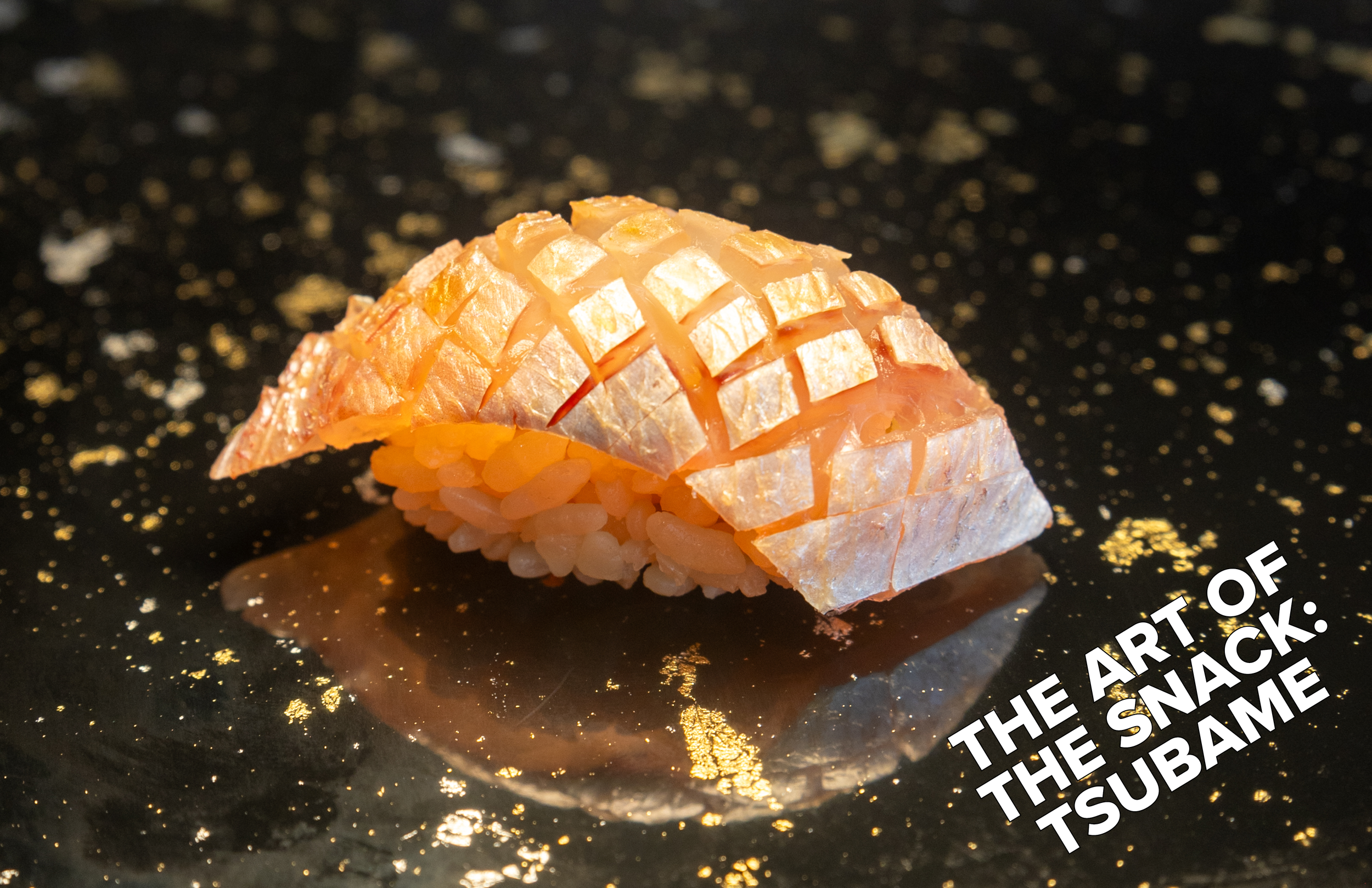As we begin to transition from the summer to the fall season, we have new restaurants that are launching as well those that are reopening as we continue to emerge from the pandemic. We chat with the new Head Sushi Chef Takuya Kubo of Sushi Ginza Onodera.
ATHLEISURE MAG: Tell us about your culinary background and how it led to you to Sushi Ginza Onodera.
HEAD SUSHI CHEF TAKUYA KUBO: After I graduated from high school, I worked at Sushi Dai Akasaka Keizan in Tokyo, Japan, which is considered one of the best in Japan and internationally acclaimed. I spent five years there before moving to another sushi restaurant, then, after 2 years, to yet another in Roppongi in Tokyo to continue to learn and gain experience. After that, I returned to Sushi Dai as the executive chef and worked there for 10 years. By then I thought that after having worked in Japan for many years, I would like to try my sushi skills in other countries, especially the U.S. I decided to challenge myself and went to Los Angeles, where I found Sushi Ginza Onodera, and started to work there, later becoming the executive chef at Sushi Ginza Onodera in Honolulu, Hawaii. After about two years there, I came to New York City to reopen the restaurant here – it had been closed for a year during the pandemic. We reopened for service in late March 2021.
AM: When guests come in for lunch, what are 3 options from the menu that you suggest?
HSC TK: We have three lunch menu options at $100, $150 and $200. Each omakase is a little different and meant to provide an experience the guests are looking for. For example, for guests who would like to focus on Nigiri sushi, the $150 menu is the best option as it offers the most Nigiri pieces. But for those would like to enjoy a fuller, more elevated experience, the $200 menu is the way to go.
AM: For your omakase only dinner menu, can you share why you only offer this and what it is for those that may not have experienced this?
HSC TK: An omakase tasting menu is the best way to experience seasonal ingredients in peak condition by trusting the chef to serve what’s best at the moment. Fish and seafood are as seasonal as vegetables and other ingredients, and we select the best seasonal ingredients available when we prepare the omakase. All the fish and seafood is hand selected at the Toyosu market in Tokyo, and flown from Japan to New York three times a week. Each ingredient has its season when flavor and taste are both perfect and I want our guests to enjoy the best of the season - that’s why we only offer omakase.
AM: What can guests expect when they come to dine at Sushi Ginza Onodera?
HSC TK: Guests at Sushi Ginza Onodera can expect an authentic Japanese experience and meal, as well as ambience.
Nearly all our fish is aged in the traditional Edomae style – Edo is the ancient name for Tokyo – before being served to customers. While Americans often think of the best sushi as being the freshest possible, Edomae sushi making uses the aging process to preserve the fish, develop umami flavors and create a more tender texture. Rice is equally important to the Edomae style and our rice is mixed with two different types of red vinegar, one dark and one light, which gives it a brownish hue.
Once guests enter the restaurant, the first thing they will see is the sushi counter made of hinoki wood. This might be the longest and largest size hinoki counter in New York City. Almost everything at the restaurant is from Japan. Not only is the fish flown from Japan, we use serving dishes that showcase Japanese traditional styles like Bizen-yaki, pottery with unique un-glazed finish, and Arita-yaki porcelain, prized for their elegant painted designs. Guests can enjoy the harmony of the food with the dishes it’s served on.
AM: What sake pairings do you suggest when enjoying your menu?
HSC TK: We offer a sake pairing to accompany the omakase. Generally, sakes in the pairing are dry; however, we do pair Junmai Daiginjo with some of our appetizers such as Toro with sea urchin or Abalone. For rich flavors, an off-dry sake pairs very well.
AM: When you’re planning your menu, what are the items that you like to offer and how does seasonality play into this?
HSC TK: Seasonality and the weather are what I focus on when planning a new Omakase menu. The omakase menu should match the weather, whether it’s hot and cold, the food should reflect it.
AM: You are a Michelin star restaurant. How important is it to have this distinction?
HSC TK: Michelin stars are an indicator of quality and consistency for guests. For us, it is important to do our best every day in order to live up to the standards that Michelin has set worldwide for excellence.
AM: You recently re-opened, what are you looking forward to as we continue through the summer and being to transition in the fall and holiday season?
HSC TK: Generally in autumn, Japanese food is abundant. I look forward to sharing the season’s bounty with our guests and hope they enjoy it.
PHOTOGRAPHY COURTESY | Sushi Ginza Onodera
Read the SEP ISSUE #69 of Athleisure Mag and see The Art of the Snack | Sushi Ginza Onodera in mag.













